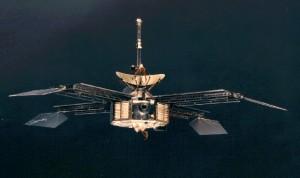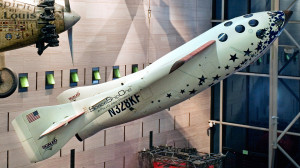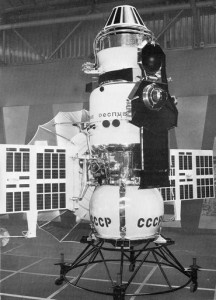Space Exploration
Apollo and Soyuz Dock
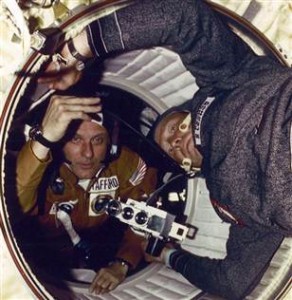
Apollo 18 and Soyuz 19 successfully dock in orbit and the astronauts and cosmonauts shake hands. This marks the first time in history that spacecraft of two nations dock in space.
Apollo 11 Heads for the Moon
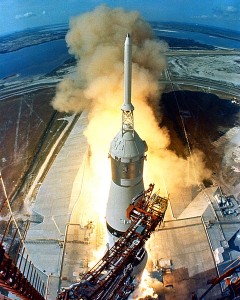
Apollo 11 is launched from Cape Kennedy, Florida, on the way to becoming the first space mission to land men on the Moon.
First Mars Fly-By
July 14, 1965
NASA’s Mariner 4 becomes the first spacecraft to perform a successful fly-by of Mars and the first to send back photographs of another planet from deep space. The photographs are the first showing details of Mars’ surface including extensive cratering.
Skylab Reentry
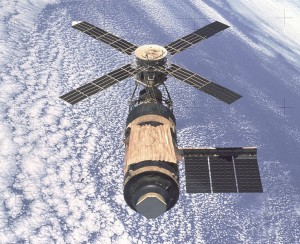
The first American space station, Skylab, reenters the Earth’s atmosphere and burns up after plans for keeping it in orbit fail to materialize. Fragments of Skylab fell around Perth, Australia, killing one cow.
First International Communications Satellite
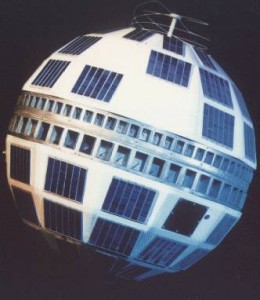
The world’s first experimental international communications satellite, Telstar I, is launched into orbit. Built by Bell Labs and launched by NASA, Telstar 1 was a collaboration between the US, Britain, and France. Telstar I introduced the world to trans-Atlantic video feeds and ushered in a new era of communication. For example, in August of that year, Telstar I became the first satellite to synchronize time between the UK and the US, bringing them to within 1 microsecond of each other, where 2000 microseconds had been the previously most accurate effort. Telstar 1 was also the first satellite to send data between 2 computers, doing so in October of that year between two IBM 1401s in Endicott, New York and La Gaude, France.
For all its technological achievements, Telstar 1 was damaged by high levels of radiation in the Van Allen radiation belts primarily due to high altitude nuclear bomb testing by both the United States and the Soviet Union in 1962. It went out of service in November of that year, only 4 months after its launch. It was able to be restarted in January of 1963 but in late February it failed again and was not able to be placed back in service. Telstar 2 was launched a few months later in May of 1963, using radiation-resistant transistors and launched at a higher altitude to reduce the amount of time in the Van Allen radiation belts. Telstar 2 stayed in operation for 2 years. The success of the two Telstar satellites, along with other experimental satellites launched in the few years after 1962 helped paved the way for the first commercial geosynchronous communication satellite, Intelsat I in 1965. Both Telstar 1 and 2, although no longer in service, still orbit the Earth to this day.
First Commercial Communications Satellite Activates
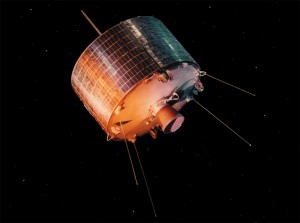
Intelsat I, the first commercial communications satellite, is activated for service. It was nicknamed “Early Bird” after the famous proverb, and became famous for carrying the first commercial telephone call between America and Europe, as well as helping provide TV coverage of the Gemini 6 splashdown.
SpaceShipOne – First Private Space Flight
June 21, 2004
Financed by Microsoft co-founder Paul Allen, SpaceShipOne becomes the first spacecraft developed by the free market to enter spaceflight. Launched from a mothership named White Knight, SpaceShipOne flew just beyond the atmosphere into the threshold of space then glided back to Earth. SpaceShipOne would later win the $10 million Ansari X Prize for the first non-government organization to launch a reusable manned spacecraft.
Viking 1 Enters Mars Orbit
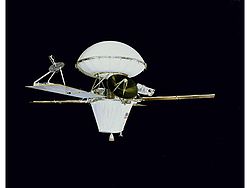 June 19, 1976
June 19, 1976
The Viking 1 spacecraft enters into orbit around the planet Mars, 10 months after being launched from Earth. Viking 1 would become the first US spacecraft to land on Mars and the first spacecraft overall to successfully soft land and perform a mission on Mars. Viking 1 operated on Mars for 2,307 days which equates to over 6 1/4 years or 2245 Martian solar days, which was the longest Mars surface mission until the record was broken by the Opportunity rover in May of 2010.
First Man-Made Object to Leave Solar System
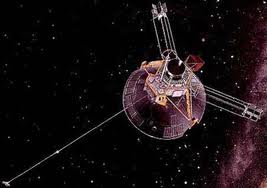
The NASA space probe Pioneer 10 crosses the orbit of Neptune, becoming the first man-made object to leave the Solar System. It was launched on March 2, 1972 toward the red star Aldebaran, which forms the eye of the constellation Taurus. The last contact with Pioneer 10 was on January 23, 2003.
Launch of Venera 4
June 12, 1967
The Soviet probe Venera 4 is successfully launched. On October 18, 1967, it will enter Venus’ atmosphere where it will become the first space probe to successfully return atmospheric data from another planet.

